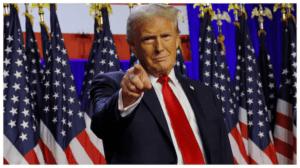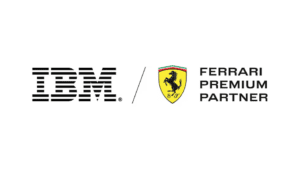
-
Google will introduce labels to identify AI-generated and edited images in search results.
-
The feature uses the C2PA authentication standard to create a digital trail for images.
-
Wider adoption from camera manufacturers and software developers is needed for the initiative’s success.
Google is taking a significant step to combat fake content online by introducing labels to identify AI-generated and edited images. The company’s new feature, integrated into Google Search results, will provide users with greater transparency about the origins of images they encounter online.
Google’s system relies on the Coalition for Content Provenance and Authenticity (C2PA) standard, which creates a digital trail for images. This trail embeds information about the image’s origin, including whether it was captured with a camera, edited using software, or created using generative AI models. The feature will also be integrated into Google’s ad systems to enforce policies related to AI-generated imagery.
The success of this initiative depends on wider adoption from camera manufacturers and software developers. Currently, only a handful of cameras and software applications support the C2PA standard. Google acknowledges the challenges but emphasizes the importance of industry collaboration to create sustainable and interoperable solutions.
By introducing this feature, Google aims to promote online safety and trust. As AI-generated content becomes increasingly prevalent, this technology will help users distinguish between real and fake images.














